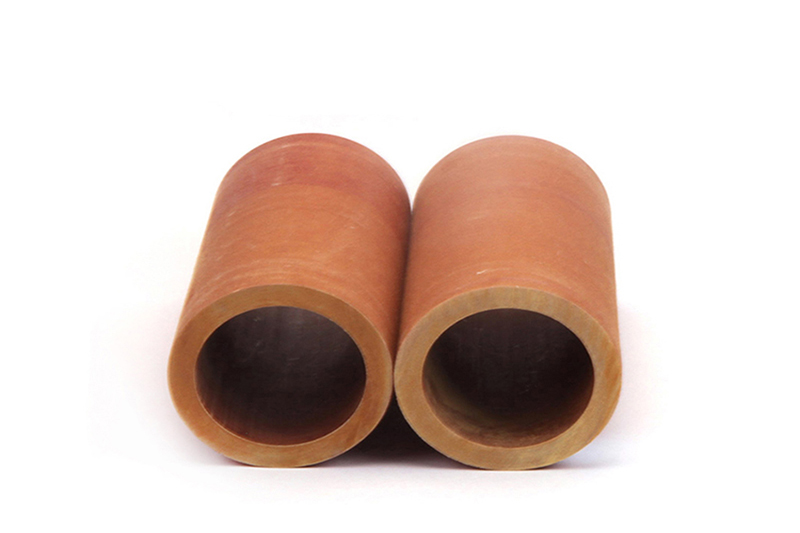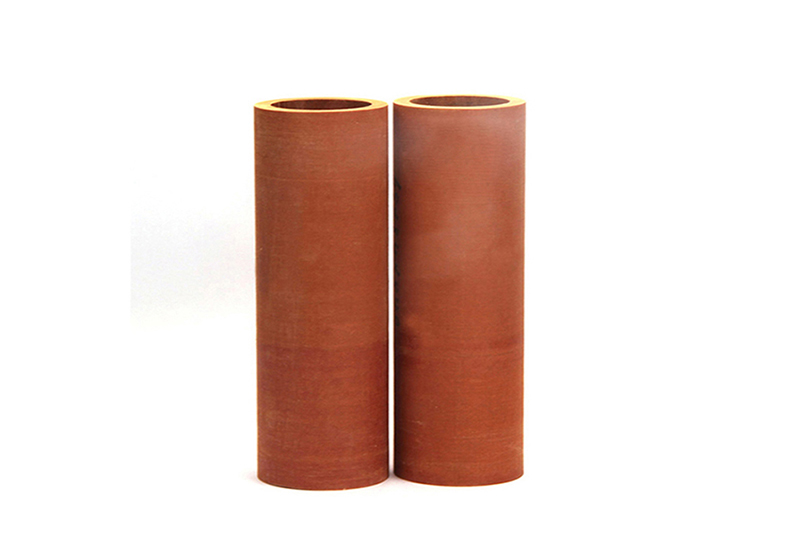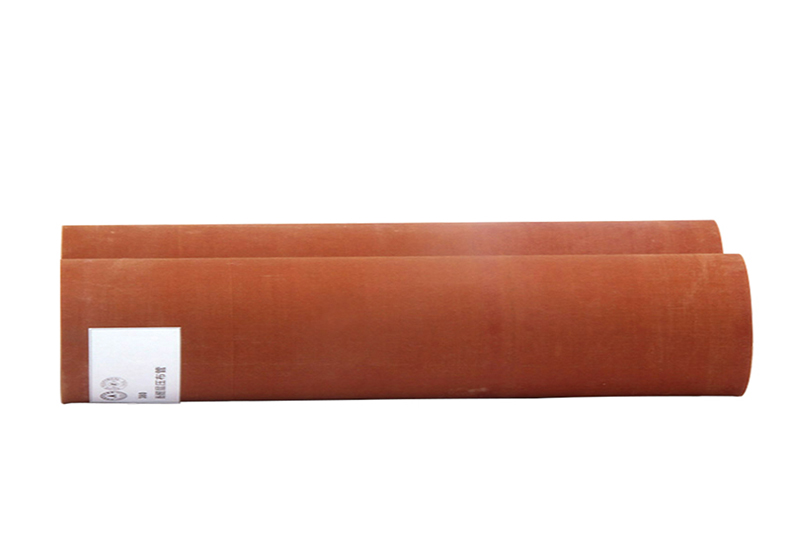In the fields of industrial manufacturing, electrical insulation and mechanical structures, fibra tubes (also known as bakelite tubes) have become a key material that must be used in the industry due to their excellent insulation properties, mechanical strength and heat resistance. This article will analyze in detail the core application scenarios of fibra tubes and provide detailed selection guidelines to help you make the right choice based on your actual needs.

Fibra tube combines the flexibility of cotton with the chemical resistance and insulation of phenolic resin. This unique advantage makes it useful in many industries. The following are its main application directions:
♦ Transformer and motor components: In transformers and motors, fibra tubes can be used as insulating sleeves, support tubes and connectors. It can withstand high voltage and high temperature environments and effectively prevent current leakage.
♦ Electronic equipment: In switch cabinets, relays and circuit boards, fibra tubes can play a reliable insulation role and significantly reduce the risk of equipment short circuits.
♦ Bearings and bushings: Fibra tubes have low friction coefficient and excellent wear resistance, so they are often used in mechanical bearings, gears and bushing components, which can effectively extend the service life of equipment.
♦ Structural supports: In the fields of textile machinery and automobiles, fibra tubes can be used as lightweight structural tubes. It is both corrosion-resistant and easy to process, offering dual advantages.
♦ Thermal equipment: In furnaces and drying equipment, fibra tubes can be used as thermal insulation casings. It can work in an environment of 120°C~150°C for a long time, and can withstand higher temperatures during short-term use.
♦ Chemical industry: In corrosive media environments, fibra tubes can be used as transmission pipes or protective casings, which can effectively resist the erosion of acid and alkali substances.

When selecting a product, users need to comprehensively consider three major factors: material parameters, usage environment conditions and cost. The following are the key steps for selection and what you need to pay attention to:
♦ Insulation level: If you use it in high-voltage scenarios such as transformers, you should choose products with high insulation levels such as Class C.
♦ Temperature range: When the long-term operating temperature of the equipment exceeds 120°C, it is recommended that you give priority to heat-resistant modified fibra tubes.
♦ Mechanical load: For high-pressure load scenarios such as bearings, you need to choose fibra tubes with high density and high compressive strength.
♦ Density: High-density tube (density ≥1.3g/cm³) offers superior mechanical strength, but also comes at a higher cost. Low-density tube is suitable for light-load insulation applications.
♦ Voltage Resistance: Standard fibra tube has a voltage resistance of 10-20kV/mm. For high-voltage applications, a reinforced version is required.
♦ Dimensional Accuracy: The inner diameter, outer diameter, and length tolerances of the tube must match your installation requirements to avoid any impact on performance due to processing errors.
If the tube will be used in a humid or corrosive environment, choose models with a moisture-proof coating or made with a chemical-resistant resin.
When tube is used in moving parts, pay special attention to its coefficient of friction and wear resistance. Lubricants can be used if necessary.
Fibra tube is easy to turn and drill, but excessive hardness may increase tool wear. Consult the supplier for professional processing advice when selecting a tube. Standard phenolic cotton tube offers the best value for money. If you require special requirements, such as ultra-high heat resistance, custom products may be necessary. In this case, you can optimize costs by evaluating bulk purchase discounts.
♦ Certification Standards: You should prioritize products that comply with ISO, UL, or RoHS certifications to ensure product safety and environmental friendliness.
♦ Sample Testing: We recommend requesting samples from suppliers and conducting field tests to verify that the product’s performance meets your needs.

Q1: What is the difference between fibra tube and epoxy tube?
A1: Fibra tube offers superior high-temperature resistance and flame retardancy, but its toughness is relatively low. Epoxy tube offers better insulation performance but slightly lower heat resistance. When selecting a tube material, you can determine the appropriate tube material based on your actual temperature requirements.
Q2: How should fibra tube be stored and maintained?
A2: Fibra tube should be stored in a dry environment, away from direct sunlight.
Q3: Can fibra tube be customized to non-standard sizes?
A3: Yes. Most suppliers can customize fibra tube to meet your requirements with varying inner diameters, lengths, and colors. However, customization will increase delivery time and costs.
Fibra tube is a versatile industrial material, highly effective in electrical insulation, mechanical structures, and high-temperature environments. This article provides application analysis and selection guidelines, helping you quickly find the product that meets your needs. When selecting a product, be sure to thoroughly consider specific parameters, the operating environment, and the supplier’s qualifications to achieve the optimal balance of performance and cost. If you require further assistance, please feel free to contact us.
If you need our products please write down any questions, we will reply as soon as possible.
There are three ISO certificates for quality certification. The certificates will be shown later. ISO
After receiving the advance payment, the production cycle is 15-25 days. And the transportation cycle should be calcul……
We supply with installation guide and user manual for each transformer. If you do not understand them. We will offer v……